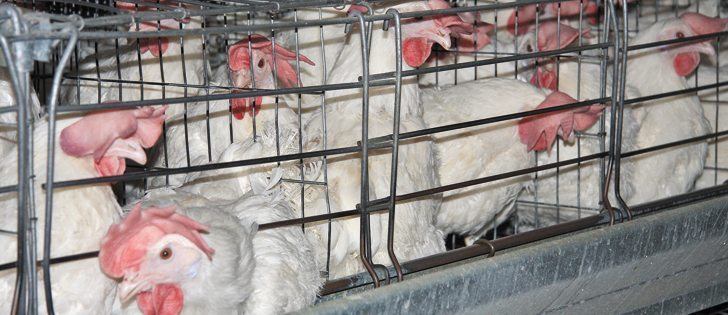WINNIPEG (Reuters) — Canada’s egg farmers plan to replace conventional hen cages with more humane conditions over the next 20 years, amid growing pressure from consumers, restaurants and food companies.
The plan, announced Feb. 5 by Egg Farmers of Canada, an industry group that manages nearly all of the country’s egg supply, comes as McDonald’s Corp. and others set targets for only buying eggs that come from cage-free hens.
“This isn’t something we’ve done because of companies making announcements,” said Roger Pelissero, an Ontario egg farmer. “We always have in our mind what is best for our hens.”
Read Also

Farming Smarter receives financial boost from Alberta government for potato research
Farming Smarter near Lethbridge got a boost to its research equipment, thanks to the Alberta government’s increase in funding for research associations.
Ninety percent of Canada’s eggs come from hens in wire cages commonly known as battery cages, which are slightly larger than filing cabinet drawers and hold several birds each. The plan aims to switch half of the country’s egg-laying farms to other methods within eight years.
About 85 percent of farms will switch within 15 years, and a complete transformation should happen by 2036.
“This announcement is a huge shift and we’re confident the market will make it happen before 2036,” said Sayara Thurston, a campaigner with Humane Society International, adding that U.S. farmers have not made a similar pledge.
The two-decade target is intended to protect farmers from financial hardship, as non-conventional systems are more expensive, Pelissero said.
Canadian farmers will move to several alternatives, including larger cages with amenities like nesting boxes and perches; housing that allow hens access to the entire barn floor; and farms that allow them outdoors.
The Humane Society is disappointed Canadian farmers aren’t phasing out cages entirely as the difference in welfare between birds raised in any type of cage compared with other methods is “night and day,” Thurston said.
But Pelissero said there are downsides to any system. Chickens that have too much freedom can peck each other to death.
Canada, which manages supply and prices, produces eggs mostly for its domestic market.
Prices paid to farmers reflect costs of production, meaning that egg buyers and possibly consumers will absorb higher prices, Pelissero said.
Most of a farmer’s cost of production is from feed, however.

















